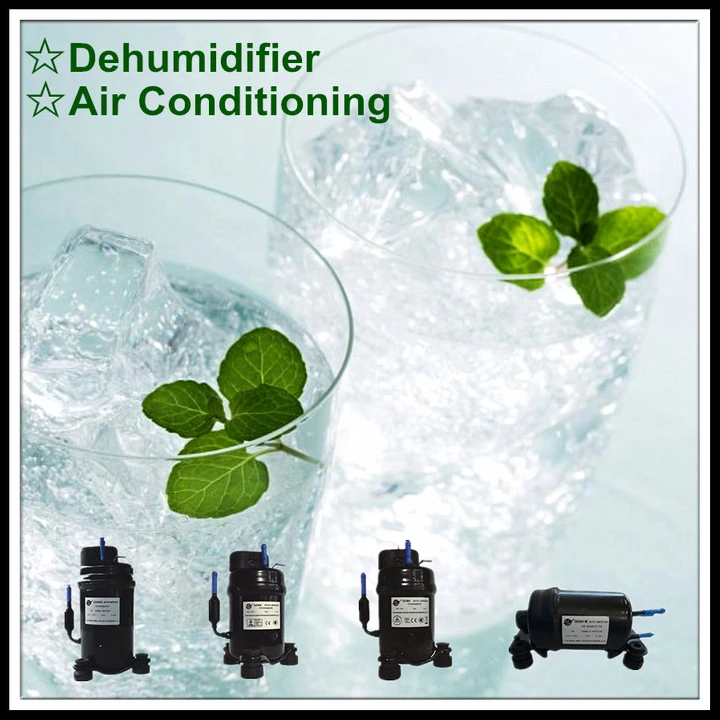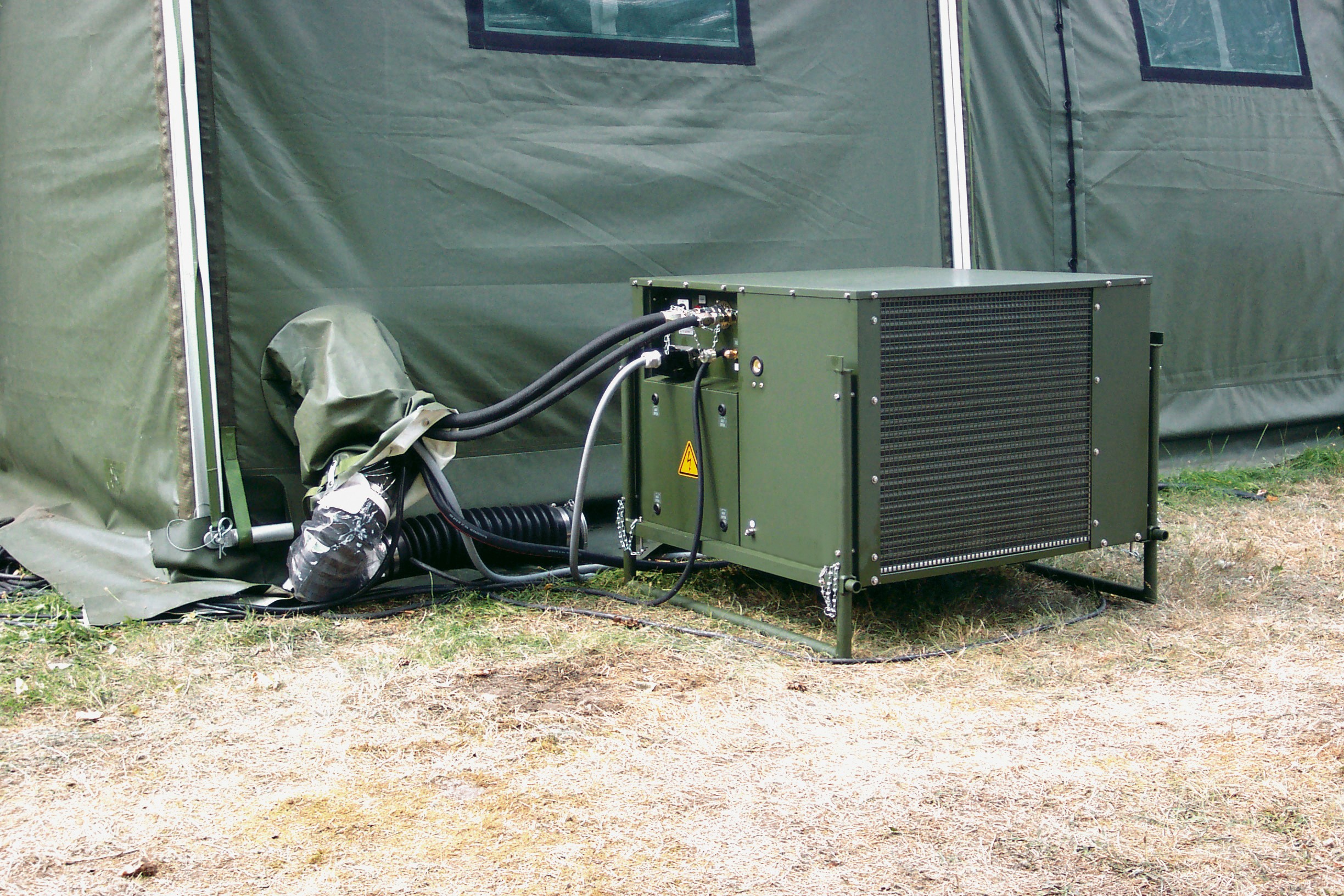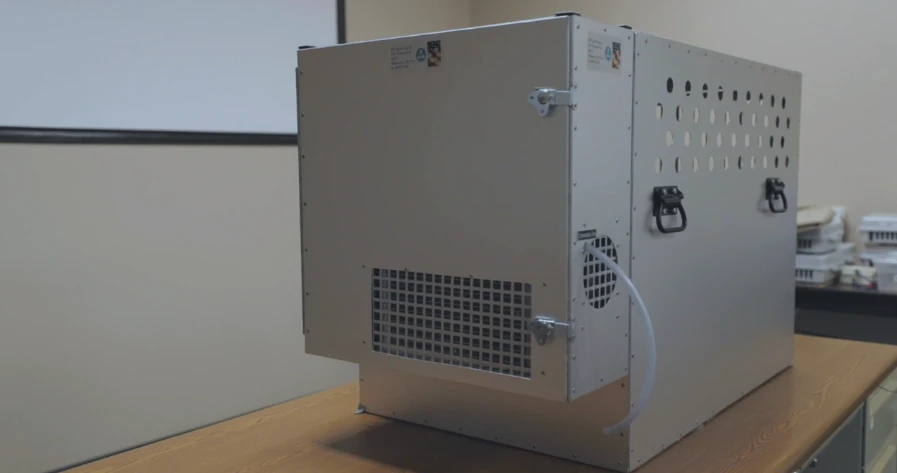Introduction

"RIGID is a miniature refrigerated compressor innovation leader in China. We keep looking for novel solutions in compact and portable cooling systems. We capture new technologies in mobile and compact cooling systems."
Are you wondering how much electricity a portable AC uses? Do portable air conditioners use a lot of electricity, and is it cheaper to leave them on all day? Understanding the energy consumption and real cost of running a portable AC unit is essential for making informed decisions about cooling your space efficiently.
Understanding the Electricity Consumption of Portable ACs
Portable air conditioners are known for their convenience, but how much electricity does a portable AC use? It's important to calculate the power consumption and analyze the energy efficiency of these units to understand their impact on your utility bills.
Exploring the Energy Usage of Portable Air Conditioners
Exploring the energy usage of portable air conditioners involves comparing their power consumption to central air conditioning systems. This comparison can help determine whether it's cheaper to run a portable AC or central air in the long run.
Real Cost of Running a Portable AC Unit
When considering the real cost of running a portable AC unit, factors such as hourly operating expenses, temperature settings, and overall electricity usage come into play. It's crucial to understand how these factors affect your budget and make adjustments accordingly.
How Much Electricity Does a Portable AC Really Use?

Portable air conditioners are known for their energy efficiency, but how much electricity does a portable AC use? The power consumption of a portable AC can vary depending on its size and cooling capacity. Understanding the power consumption of a portable AC is crucial in determining its operating costs and impact on your electricity bill.
Calculating the Power Consumption of a Portable AC
To calculate the power consumption of a portable AC, you can use the formula: Power (in watts) = Voltage (in volts) x Current (in amps). For example, if a portable AC operates at 120 volts and draws 10 amps, its power consumption would be 1200 watts. This calculation gives you an idea of how much electricity the unit uses and helps in estimating its running costs.
Analyzing the Energy Efficiency of Portable Air Conditioners
Portable air conditioners are designed to be energy-efficient, with many models featuring programmable settings and energy-saving modes. By analyzing the energy efficiency rating (EER) of a portable AC, you can determine how effectively it cools while using less electricity. Look for units with higher EER ratings for optimal energy savings.
Comparing Portable AC Power Usage to Central Air Conditioning
When comparing power usage, it's important to consider how much electricity central air conditioning systems consume in comparison to portable units. While central air systems cool larger spaces efficiently, they often use more electricity than smaller, more targeted portable air conditioners. Assessing your specific cooling needs and space requirements will help you decide which option is more cost-effective in the long run.
Is It Cheaper to Run a Portable Air Conditioner or Central Air?

Cost Comparison of Running a Portable AC vs Central Air
When comparing the cost of running a portable air conditioner versus central air, it's essential to consider the electricity usage of each system. Portable AC units typically consume less electricity than central air systems, making them more cost-effective for cooling smaller spaces. However, central air conditioning may be more efficient for larger areas, resulting in lower long-term operating costs.
Factors Affecting the Operating Costs of Portable ACs
The operating costs of portable air conditioners are influenced by various factors such as the unit's energy efficiency, the size of the space being cooled, and the local electricity rates. Additionally, temperature settings and usage patterns can impact electricity consumption and overall expenses. Understanding these factors is crucial for determining the most cost-effective cooling solution.
Determining the Long-Term Savings of Using a Portable Air Conditioner
While portable air conditioners may have higher upfront costs compared to central air systems, they can offer long-term savings due to their lower electricity consumption. By calculating the total energy usage and comparing it to central air conditioning over an extended period, it becomes clear that portable AC units can be a more economical choice for certain applications.
Understanding the Cost to Run a Portable AC

When it comes to understanding the cost of running a portable AC, it's essential to calculate the hourly operating expenses. The power consumption of a portable air conditioner can vary based on factors such as the unit's size and energy efficiency rating. By multiplying the wattage of the unit by the cost of electricity per kilowatt-hour, you can determine how much it costs to run a portable AC for 1 hour.
Calculating the Hourly Operating Expenses of a Portable AC
To calculate the hourly operating expenses of a portable AC, you'll need to know its wattage and the cost of electricity in your area. Simply multiply the wattage by the number of hours you plan to run the unit, then divide by 1000 to get your kilowatt-hour usage. Finally, multiply this by your electricity rate per kilowatt-hour to find out how much it costs to run your portable air conditioner for 1 hour.
Exploring the Impact of Temperature Settings on Electricity Usage
The temperature settings on your portable AC can have a significant impact on its electricity usage. Lowering the temperature setting will result in higher energy consumption, while raising it will lower energy usage. Finding an optimal temperature that keeps you comfortable without overworking your unit can help reduce overall operating costs.
Tips for Reducing the Electricity Consumption of a Portable AC
To reduce electricity consumption, consider using fans or opening windows during cooler parts of the day instead of relying solely on your portable air conditioner. Additionally, ensuring proper insulation and sealing any drafts in your home can help maintain cooler indoor temperatures without excessive use of your AC unit.
By following these tips and understanding how much electricity does a portable ac use, you can make informed decisions about when and how long to run your unit, ultimately saving on operating costs while staying cool and comfortable.
RIGID's Carry-On Portable Air Conditioner: A High-Efficiency Cooling Solution

RIGID's carry-on portable air conditioner is a game-changer when it comes to combating extreme heat. With its ultra-compact design and powerful cooling capacity, it offers a hassle-free and lightweight solution for staying cool in various settings. Whether it's in a motorhome, van, trailer, truck cab, or even while camping or in a tent, RIGID's portable AC provides efficient and effective cooling.
Features and Benefits of RIGID's Portable Air Conditioner
RIGID's portable air conditioner is equipped with a powerful engine that delivers exceptional cooling performance while being energy-efficient. Its compact size makes it ideal for personal cooling needs, such as in electric vehicles or for body cooling during outdoor activities. The lightweight design also ensures easy portability for on-the-go use.
Applications of RIGID's Portable AC in Various Settings
The versatility of RIGID's portable AC extends beyond traditional use in homes and offices. It can be utilized for electronic cooling, medical cooling, chip cooling, equipment cooling, and even for keeping pets cool during hot weather. Its adaptability makes it an indispensable tool across various industries.
Environmental and Cost Benefits of Using RIGID's Portable Air Conditioner
In addition to its high-efficiency cooling capabilities, RIGID's portable air conditioner offers environmental benefits by consuming minimal electricity compared to traditional AC units. This not only reduces energy costs but also contributes to lower carbon emissions. The cost-effective nature of the unit makes it an attractive option for those looking to stay cool without breaking the bank.
How to Optimize the Energy Usage of a Portable AC

Implementing Energy-Saving Strategies for Portable Air Conditioners
When it comes to optimizing the energy usage of a portable AC, there are several strategies that can be implemented to reduce electricity consumption. These include using a programmable thermostat to regulate temperature, ensuring proper insulation around windows and doors, and regularly cleaning or replacing air filters to maintain efficient airflow. By implementing these energy-saving strategies, you can effectively reduce the overall electricity usage of your portable air conditioner.
Understanding the Impact of Insulation and Airflow on Electricity Consumption
The impact of insulation and airflow on electricity consumption cannot be overstated when it comes to running a portable AC unit. Proper insulation helps retain cool air indoors, reducing the workload on the air conditioner and ultimately lowering energy usage. Additionally, ensuring unobstructed airflow around the unit allows for more efficient cooling, minimizing the need for excessive power consumption. By understanding and optimizing these factors, you can significantly reduce the electricity usage of your portable air conditioner.
Maximizing Cooling Efficiency While Minimizing Power Usage
Maximizing cooling efficiency while minimizing power usage is crucial for getting the most out of your portable AC unit without driving up your electricity bill. One way to achieve this is by utilizing RIGID's carry-on portable air conditioner, which boasts high-efficiency cooling capabilities in various settings such as motorhomes, camping tents, and electronic cooling applications. With its ultra-compact design and powerful cooling capacity, RIGID's portable AC ensures maximum cooling efficiency while minimizing power usage.
By incorporating these energy-saving strategies and understanding the impact of insulation and airflow on electricity consumption, you can optimize the energy usage of your portable AC while enjoying cost savings in the long run.
Conclusion

When it comes to making informed decisions about portable AC electricity usage, it's essential to understand the power consumption and energy efficiency of these units. By comparing the cost to run a portable AC for 1 hour with other cooling options, consumers can determine whether it's cheaper to leave a portable AC on all day or opt for central air conditioning. Additionally, understanding the true cost of operating a portable AC involves considering factors such as temperature settings and implementing energy-saving strategies.
Making Informed Decisions About Portable AC Electricity Usage
Consumers should prioritize making informed decisions about portable AC electricity usage by researching how much electricity does a portable AC use and whether it's cheaper to run a portable air conditioner or central air. This knowledge empowers individuals to optimize their cooling solutions while minimizing energy costs, ultimately leading to more efficient and cost-effective choices.
Maximizing Energy Efficiency with Portable Air Conditioners
To maximize energy efficiency with portable air conditioners, users can implement strategies such as adjusting temperature settings based on occupancy, ensuring proper insulation and airflow, and investing in high-efficiency cooling solutions like RIGID's carry-on portable air conditioner. By prioritizing energy-efficient practices, individuals can reduce their environmental impact while saving on electricity costs.
Additionally, users can consider using programmable thermostats to automatically adjust temperature settings based on occupancy patterns, further optimizing energy usage. Proper maintenance and regular cleaning of portable air conditioner filters can also contribute to improved efficiency by ensuring smooth airflow and reducing strain on the unit. Investing in a portable air conditioner with eco-friendly refrigerants can also be a smart choice for those looking to minimize their environmental impact while staying cool.
Understanding the True Cost of Operating a Portable AC
Understanding the true cost of operating a portable AC involves considering not only the hourly expenses but also long-term savings and environmental benefits. By evaluating factors such as power consumption, temperature settings, and cooling efficiency, consumers can make well-informed decisions that align with their budgetary and sustainability goals. Additionally, it's important to factor in the maintenance costs associated with portable AC units, including filter replacements and regular servicing to ensure optimal performance and energy efficiency. Moreover, considering the impact on indoor air quality and overall comfort levels can help consumers weigh the true value of operating a portable AC beyond just the monetary expenses.